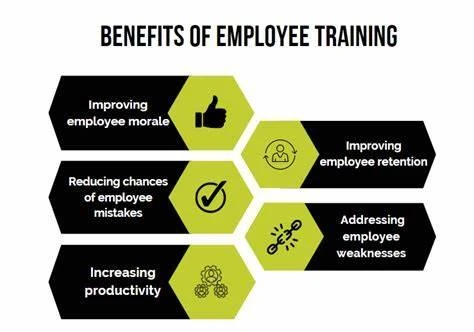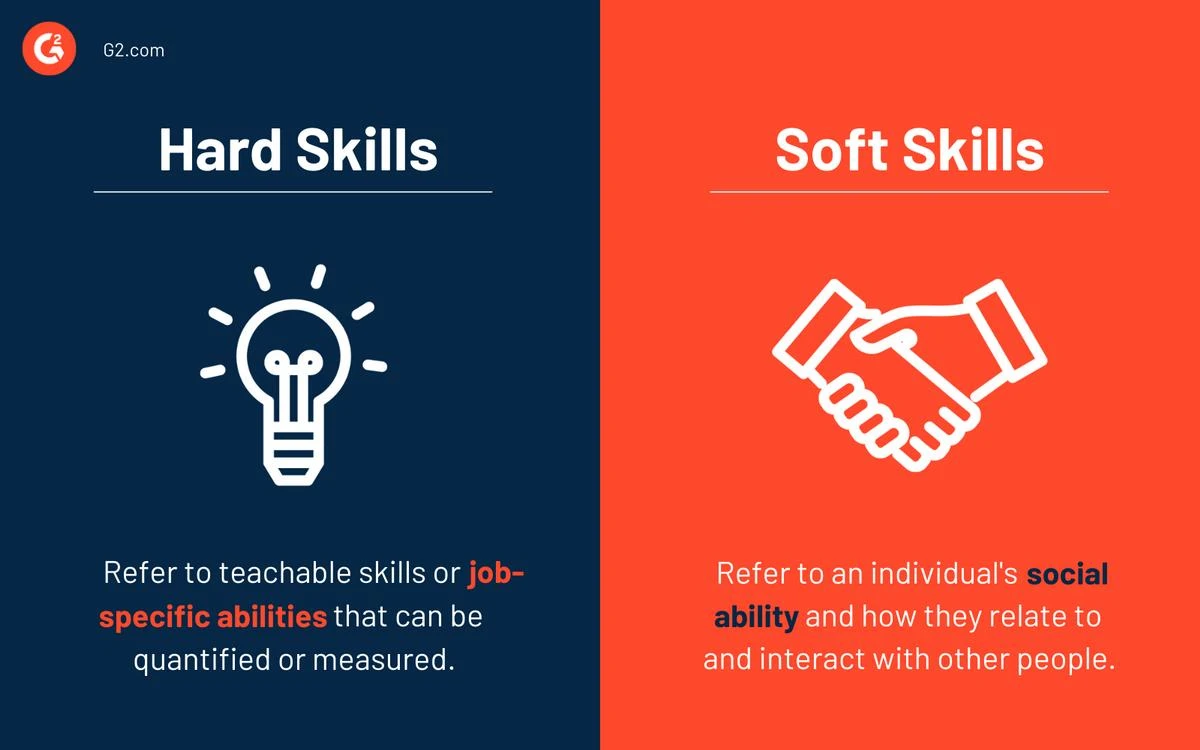Not the strongest will overthrow the competition, but the wittiest and the most skilled one. The modern world is filled with networks and connections that can be a source of both chaos and endless possibilities. Along with that, new tools and approaches emerge constantly, providing opportunities to make your company much better in performance and organization, but posing new risks as well.
What does all of this mean for you?
Knowledge has become more important than ever. You need to upskill yourself and your teams just to maintain your advantages, and if you want to evolve, you need to think about producing innovations and keeping your teams’ skills very high. Learning platforms, such as CleverLMS, are tools to organize education and set standards for it.
However, as we’ll see, it has little in common with having high grades in a school, for example. To measure your workers’ mastery, you need to see how well they perform their specific tasks, evaluate their communication and cooperation abilities, and see how much are they satisfied with their work. We’ll see more about that below, but first, let’s see how employee education begins.
How to create one
Creating online employee training programs means searching for educational materials and assembling them together. While some specific training videos can be recorded by your senior workers and invited teachers, the Internet provides many existing materials, including free ones. It would be unwise to take them without attention, so you’d better search for them and evaluate them.
No learning materials, however, can be good as they are. They should be applied to specific tasks and needs. So, we need to start with evaluating them. Let’s see, how.
🔎 Gap evaluation is the analysis of everything that your company needs to handle, but doesn’t. Write out all your work processes, which skills they require, and how they can be improved.
🗨️ Feedback evaluation follows from communicating with potential learners and seeing what they already know and want to know. Use questionnaires, reviews, and one-to-one interviews to conclude what employee training program you need to fulfill your objectives.
📚 Resource evaluation is all about reviewing what you already have related to your company’s usual activity. There can be recommended books, recorded videos, articles, designs, and other materials.
How it works
There can be various types of them. Let’s see a quick list of examples.
-
Coaching/mentoring is the education program to improve general performance and focuses on closing their skill gaps.
-
Onboarding Training is the introductory course to orient employees to the new workplace, showing the basics of work specifics at the workplace.
-
Compliance/safety training is about making employees comply with measures, regulations, and other boundaries that ensure work safety and efficiency.
-
Reskilling is teaching new skills to those interested in that, making them even more valuable for the company.
-
Product training is about learning the company’s product specifics, which is especially important for salespeople, support teams, or affiliate marketers.
-
Time management training is dedicated to teaching employees to optimize their time, making more value with less time spent.
-
Leadership training works with qualities like emotional intelligence, strategic thinking, communication, and other skills that enable people to organize and lead each other.
Uplifting employees: How it’s done
Thus, there are various aspects of a company’s work and you need to cover them all to be successful. Basically, all skills can be divided into two categories: hard and soft ones, and you would better teach both of them when creating a new employee training program. Let’s overview them!
🛠️ Hard skills are usually highly specific abilities to perform something, such as driving, program writing, graphic design, 3D printing operating, and surgery. We mentioned such different industries intentionally, to show that hard skills are very diverse and move the company’s workflows.
💬 Soft skills are connected with human-human and human-environment interactions and are necessary to optimize every process in the work. Examples are leadership, communication skills, project management, ethics, and creativity: all of them focus on cooperation and organization.
Teaching hard skills increases the company’s productivity and the overall value produced by it while improving soft skills ensures the company’s functioning, as employees will cooperate successfully. A combination of those skills, in turn, leads to robust management and a high innovation rate.
Implementation
The employee training program examples include various practices. We’ll mention several of them shortly.
-
Marriott International has training programs for all stages of their hotels’ employees’ careers: from waiters to hotel managers. They include leadership, communication, and various specific skills.
-
Seattle Genetics (Seagen) is a knowledge-intensive biotech company that offers specific courses for all its departments, from biochemistry to biostatistics. They cooperate with universities and invite various people with biological backgrounds to apply for their programs.
-
Amazon, a digital giant, provides training for all levels of competencies, and those who want to join the company, obtain a bunch of opportunities automatically, enriching themselves and the company.
Why we need it: Goals and aims
The benefits of employee training programs are numerous and they pay off well. Remember, however, that it’s true only in case you’ve initially evaluated the perspective correctly and, thus, you can increase your value with the education.

Source: Piogroup
📈 Increased productivity follows from higher competencies and organization abilities due to the smart combination of hard and soft skills, reducing weaknesses and filling skill gaps.
☀️ Improved workplace satisfaction follows from increased morale and motivation of employees engaged in interesting and efficient education. They tend to stay in the company and make fewer mistakes.
💡Increased innovation rate means that your employees will generate more ideas that can actually improve the company’s efficiency. It can be much more successful in various markets and satisfy customers’ needs with novel approaches.
Where we’ll find them
Now we see how they work and how beneficial they are. But where to find training programs, in general?
Well, there are two cases: you can assemble a program by yourself or search among the best employee training programs proposed by various companies and mentors. Let’s dive into it deeper.
-
Start with the online search to find examples of the learning materials you need. The information multiplication speed is tremendous and it’s not only possible but very likely, that the materials you need are already present somewhere, usually even for free.
-
Check industry associations starting with online groups on Facebook, Reddit, Discord, and other online services. Here, you can share your objectives, successes, and failures while listening to your fellows.
-
Use learning management systems for organizing learning materials in a way comfortable and efficient for you. CleverLMS, for example, has instruments for learning path management, employee motivation, and mobile learning, creating a nurturing digital environment at work.
-
Search for consultants: there are plenty of them in the market, with reviews and portfolios. A good one can boost your company and increase your value greatly.
The typical employee training program cost can be evaluated using corporate training industry reports. In the United States, for example, the average cost is more than $1,100 per employee per year, and small and large businesses usually spend much more than mid-size ones.
Conclusion: The world empowered
We can say without hesitation that the modern world is set on the educational ground.
The best buy employee training programs are those that can satisfy your objectives and increase your competitiveness as a company. In addition, they shouldn’t exhaust your employees, motivating them instead. Use learning management tools features, such as rewards and gamification, to engage them and keep their motivation high. Don’t forget to track your metrics, ensuring that your educational programs work as intended.
Keep your company upskilled, and good luck!


No comments yet